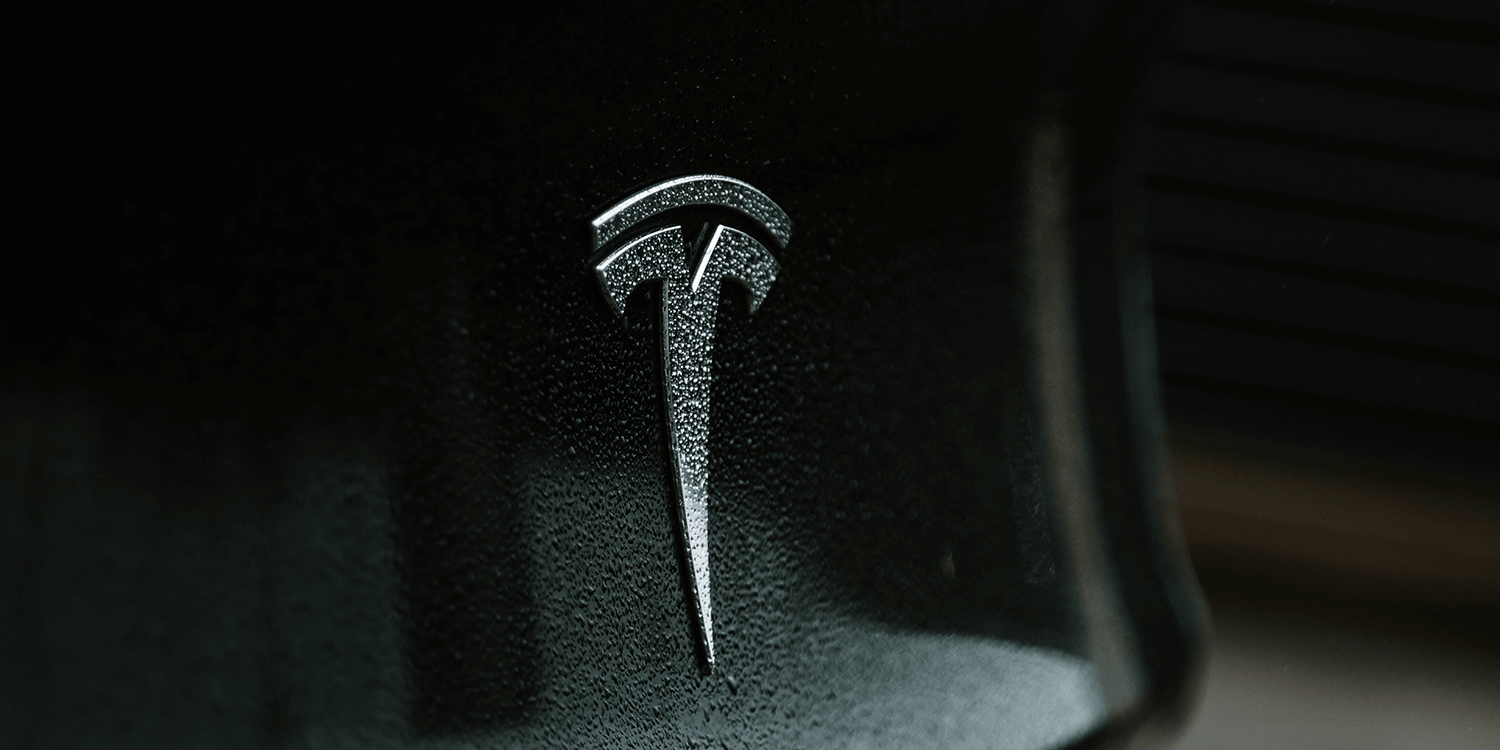Tesla is at it again. The pioneering electric car company, already synonymous with innovation, has taken another giant leap into the future. This time, they’re supercharging their AI capabilities, showcasing their commitment to perfecting autonomous driving.
Key points of Tesla’s new AI computing cluster:
- It is a $300 million supercomputer that is expected to be more powerful than the world’s third highest-performing supercomputer.
- It will be used for Tesla’s Full Self-Driving (FSD) beta program.
- Tesla is also planning to spend over $2 billion on AI training in 2023 and 2024.
- This is a significant investment by Tesla, and it shows that the company is serious about its self-driving ambitions.
- The new supercomputer will allow Tesla to train its AI models more quickly and efficiently, which could help the company develop a truly self-driving car sooner rather than later.
- Tesla’s FSD beta program is currently in a limited public release, and it is still under development. However, the company has made significant progress in recent months, and it is possible that Tesla could release a fully self-driving car in the next few years.
- The development of self-driving cars is a major technological challenge, but it is also a potentially very lucrative market. If Tesla can successfully develop a self-driving car, it could revolutionize the transportation industry and generate billions of dollars in revenue.

A Tesla Model 3. Image Courtesy Casey Murphy / EVANNEX.
Investing in AI: The Future of Tesla
Recent reports unveiled that Tesla has made a whopping $300 million investment in a new artificial intelligence computing cluster. This isn’t just any computer; it’s reportedly more potent than the world’s third most powerful supercomputer. What’s even more fascinating? Tesla has chosen Nvidia’s H100 GPUs to drive this behemoth. With over 10,000 of these GPUs, it’s clear that Tesla means business.
Tesla’s game plan is evident: to fast-track the training of its Full Self-Driving (FSD) technology. And they’re not stopping at this supercomputer. Elon Musk’s brainchild is set to channel over $2 billion into AI training in 2023 and another $2 billion in 2024.
Driving Ahead with FSD
All Tesla vehicles come with the potential to activate FSD. The current FSD version, however, still requires driver attention, operating at a Level 2 automation. But with this significant investment in AI, Tesla aims to propel their vehicles to Level 4 or 5 automation – a future where Teslas not only drive themselves but do so safely and reliably.
Imagine a near future where you can send your Tesla out as a robotaxi while you’re at work, generating income. Musk, and many analysts, believe it’s a real possibility, hinting at a lucrative revenue stream from such a venture.
The Challenges Ahead
While Tesla’s advancements are nothing short of impressive, hurdles remain. Elon Musk recently gave the world a sneak peek into FSD’s capabilities via a live stream, demonstrating the system’s current prowess and its imperfections. Training AI for driving, as Musk himself notes, isn’t a walk in the park. It’s a task far more complex than training AI for tasks like language processing (as in the case of chatbots).
Stock Market Cheers On
Tesla’s stock market performance post-announcement is testimony to the optimism surrounding this venture. With shares jumping 6.18%, investors are clearly betting on Tesla’s AI-driven future.
In Conclusion
Tesla’s latest move isn’t just about building a smarter car. It’s a vision of an AI-driven future, a world where our cars not only drive us but think for us. As Tesla continues to innovate and push boundaries, all eyes are on how they’ll shape the future of autonomous driving.
Cleantechnica and Evannex




































